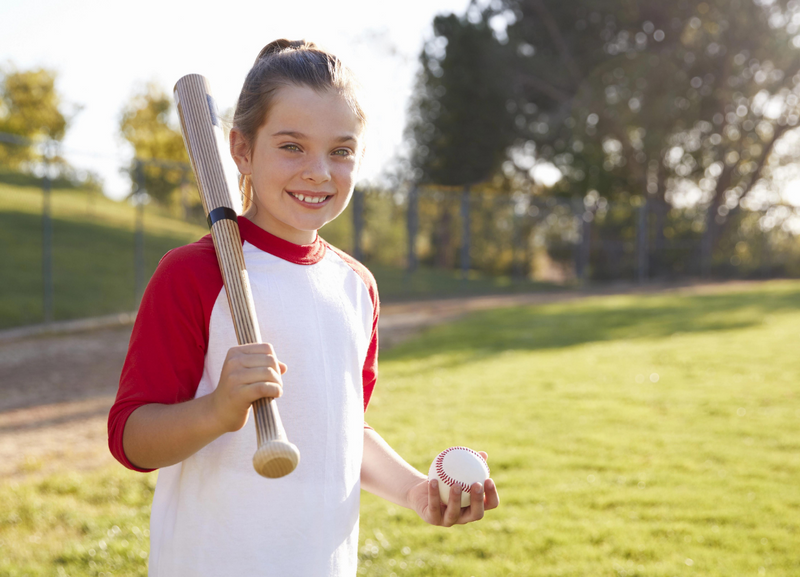For baseball and softball players, one of the most essential things to do is choose the right bat. Even just focusing on wood bats—as we at Phoenix are known to do—the options are more numerous than you might expect. Many factors go into the decision, including type of wood, size, and batting style. Who would have thought that there are so many different ways to hit a ball with a stick? Below, we have a quick reference guide to the wide world of wood bats. We’ve broken it down by wood type and hitting style.
Types of Wood
The history of the wood bat goes way back to the mid 1800's and varied in types of wood. But in the modern game, there are three types of wood used for most baseball bats: maple, ash and birch. Each wood type has its own advantages and drawbacks when it comes to slapping baseballs around, and different players like different types of bats depending on their hitting style and preferences.
We have offered up a more detailed breakdown of each of these bats in our “What’s in the Wood?” series, but this quick breakdown will give you an idea of what you want to look for in a bat.
Maple
Maple bats are known for their power and are popular in the major leagues. They’re typically made from rock maple wood (also known as sugar maple or hard maple), a hard and dense wood that’s good for taking a beating. Aside from baseball bats, maple wood is often used for bowling pins, bowling lanes, basketball courts and many musical instruments.
Since the wood itself is hard and dense with a tight grain structure, maple bats don't flex, and they have a small sweet spot; instead, they power straight through the baseball, compressing it down around the bat before taking it yard. There are, however, two sides to any coin: the same qualities that make the maple bat a powerhouse also require a faster swing speed and make it unforgiving of mishits—there’s a reason it’s more popular in the big leagues.
Ash
Of the current popular bats, ash bats have been around the longest—and for good reason. Replacing hickory bats several decades ago, ash bats are just about the polar opposite of maple bats. Ash is a relatively soft, lightweight wood with unique qualities that lends itself well to hitting baseballs.
Whereas maple bat blasts through the ball, ash bats are more elastic. Their flex creates a “trampoline effect,” and the bat’s more cork-like grain structure compresses down around the ball (again opposite of the maple bat) before expanding outwards again and sending the ball flying. Ash bats have a lighter and easier swing, offer more control, and are far more forgiving than maple bats, making them a great choice for players transitioning to more competitive leagues.
Birch
As one might expect, birch bats fill the gaps between the power of maple bats and the flex of ash bats. Birch bats are the newest of the wood bats, and their qualities extend well past simply being not maple or ash.
Birch wood is slightly less dense than maple, meaning it’s also considered a hard wood; however, unlike maple, birch bats have some flex to them and produce a similar (albeit less pronounced) trampoline effect to ash bats. The mix of hardness and flex is a perfect wedding for many players looking for a little more control and forgiveness on their long bombs.
Hitting Style and Bat Balance
So we’ve sorted out the different types of wood bats, but we still need to address the other, equally important factors that make up a good match: the player’s hitting style and strength, and the bat’s measurements and balance.
The balance is the bat’s length-to-weight ratio or “drop weight.” As a standard, wooden bats typically weigh 2–4 ounces less than the length of the bat (e.g., a 34”, 31 oz. bat has a drop weight of -3.) Although this guide will help you get started, finding your ideal drop weight can only be done through trial and error. That can be taken care of in an afternoon at the batting cages.
Power Hitter
Power hitters are typically strong and rely on a fast, long swing to send balls into orbit. To get the most out of that swing, a power hitter may want to back off the plate and use a longer, heavier bat to maximize their swing power.
Check out our bats for power hitters here.
Contact Hitter
Contact hitters are known for their consistency in getting hits; their low-risk, low-reward style relies on well-placed hits rather than power to get on base and drive in runs. As such, a contact hitter may need to move closer to the plate and use a shorter, lighter bat than a power hitter.
Check out our bats for contact hitters here.
Gap Hitter
Once again, we have a difference-splitter. With a combination of power and control, gap hitters specialize in longer, extra-base shots that take advantage of the gaps in the outfield. Like their skills suggest, gap hitters may find best success with a bat of moderate length and width to balance power and control.
Check out our bats for gap hitters here.
Whatever your hitting type or wood preferences, Phoenix Bats has exactly what you’re looking for. Our bat selector tool and live chat take the guess work out of finding the bat for you. And our risk-free guarantee lets you try your bat for 10 days and return it if you aren’t completely satisfied.

